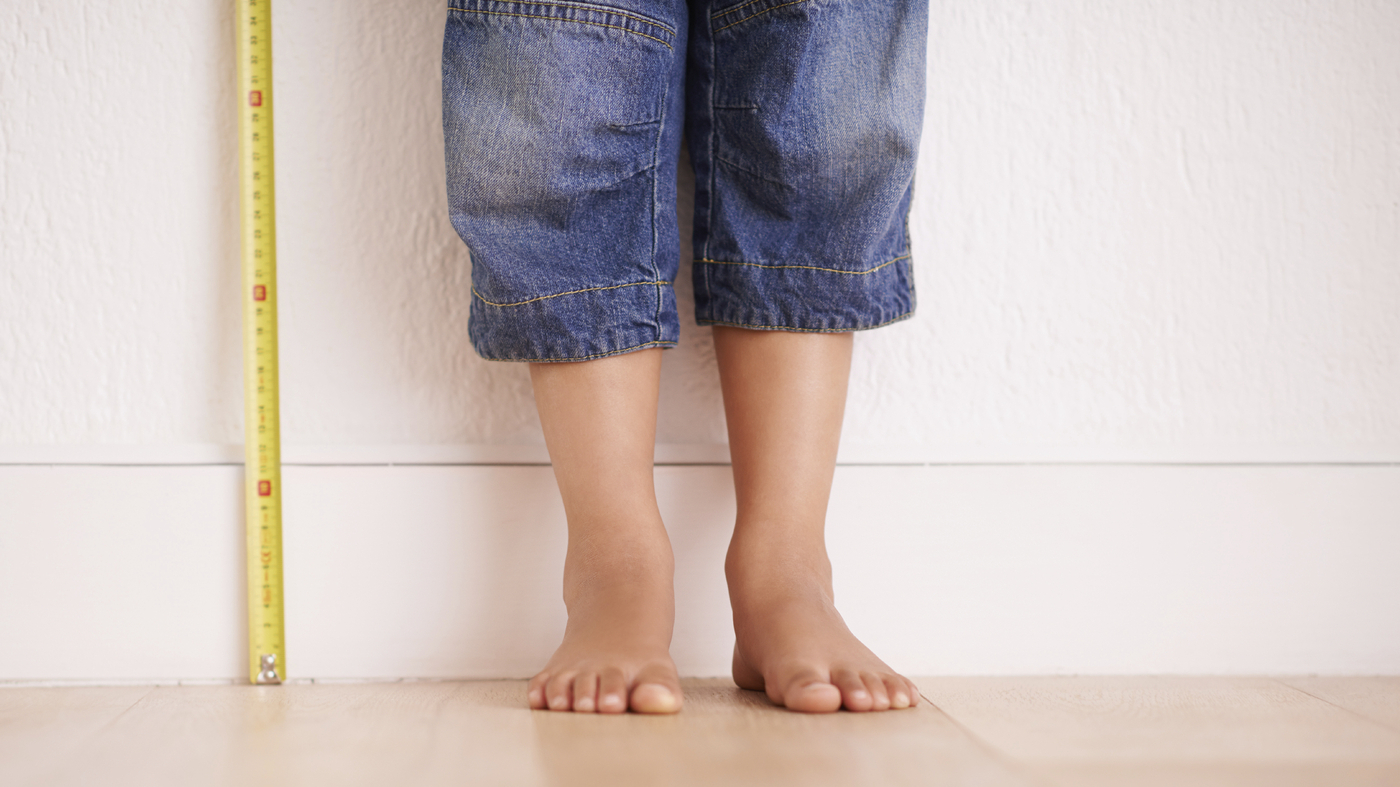Growth spurts in boys and girls are very common occurrences as they go through puberty. It has been estimated that young males can grow up to 9 centimeters a year during puberty, and females can grow up to 8 centimeters a year. A teenager will experience the growth spurt and grow to their ultimate adult height.
With everything changing in this period, this can be a strange time for young boys and girls. Equipping oneself with the knowledge and understanding of what is happening will help your kids overcome this confusing period.
What Happens During Growth Spurts in Boys and Girls?
1. Accelerated Height and Weight Gain
As a person goes through puberty, they experience a substantial growth in height. Girls usually experience growth spurts a couple of years before boys. This rapid increase in height is accompanied by an increase in weight, as muscles grow and body fat levels increase.
2. Secondary Sex Characteristics Develop
This involves the growth of pubic hair and hair under the arm, boosted oil production and more active sweat glands (which can cause acne) for both girls and boys. Girls will also begin menstruation cycle and experience breasts growth. Boys will also experience a change in their voice and enlarged penis size.
3. Further Development of the Brain
The brain is constantly developing from the early stages of our existence and through puberty into the later stages of adolescence. Some studies have suggested that certain neurons within the brain that deal with emotional, physical, and mental abilities are not fully developed throughout a person's teenage, pubescent years.
9 Signs to Know That Your Boys Are in Growth Spurts
There are certain signs you can observe about growth spurts in boys, below are just some of them:
1. Trousers No Longer Fit
When your boy experience the growth spurts, you will notice his trousers that previously fit with ease are now tight around the waistline and too short on the legs.
2. Feet Grow Bigger
Bigger feet are one of the first indications of an impending growth spurt. An obvious sign is shoes that not long ago fit perfectly, no longer fitting. It is quite possible to go through many shoe sizes during puberty.
3. Joints and Bones Get Bigger
It is common for shoulder blades, shoulders, knees, and elbows to look abnormally large on a person who is experiencing a growth spurt. This can cause the joints to visibly poke out of trousers and tops.
As a person goes through puberty, their bones will begin to grow longer day by day. A good indication of this is when long sleeve tops now fail to cover the wrists, or trousers appear to be getting shorter.
4. Change and Growth of Body Hair
The hairs present on the arms and legs turn darker during puberty, and more hairs grow on the face, armpits, and pubic area.
5. Increased Body Odor
As a person goes through puberty, their swat and oil producing glands become more active. This can lead to a change in body odor, known as BO.
6. Changes in Emotions
Many people go through emotional changes during puberty, and it is quite common for pubescent teenagers to experience mood swings, which can include temper flare-ups, extreme excitement, or emotional anguish.
7. Increase in Appetite
During puberty, as the body grows, it requires more energy to fuel the growth. This leads to a major increase in a person's appetite as their body goes through changes. This increase in appetite can be indicated by an increase in snacking, or larger portion sizes.
8. Skin Issues
Skin issues are one of the most common signs of growth spurts in boys. Pimples, spots or acne, is a sign of hormonal changes and an indicator that puberty and a growth spurt is soon to happen.
9. Voice
A change in a boy's voice is highly noticeable as their pubertybegin, as they go from boy to man. The voice becomes lower and almost squeaky at first. A girl's voice also changes, although it is more of a subtle change.
What Can Parents Do to Help With Growth Spurts in Boys?
 There are certain things you can do as a parent to help your child throughout puberty and growth. Puberty can be a challenging timefor you and your child, with too many things to consider. One of the important things to remember is to ensure your child has a balanced, nutritious diet. Nutrients in healthy foods will help their bodies to grow.
There are certain things you can do as a parent to help your child throughout puberty and growth. Puberty can be a challenging timefor you and your child, with too many things to consider. One of the important things to remember is to ensure your child has a balanced, nutritious diet. Nutrients in healthy foods will help their bodies to grow.
Keep your child active by doing exercise will promote good health throughout the pubescent period. Parents can include fun activitieslike cycling, which can be integrated into family life.
The third thing to remember is to ensure your child gets adequate rest. It is suggested that pubescent teens need an average of 10 to 12 hours' sleep a night, which will help to give their bodies the rest required for extensive growth.
